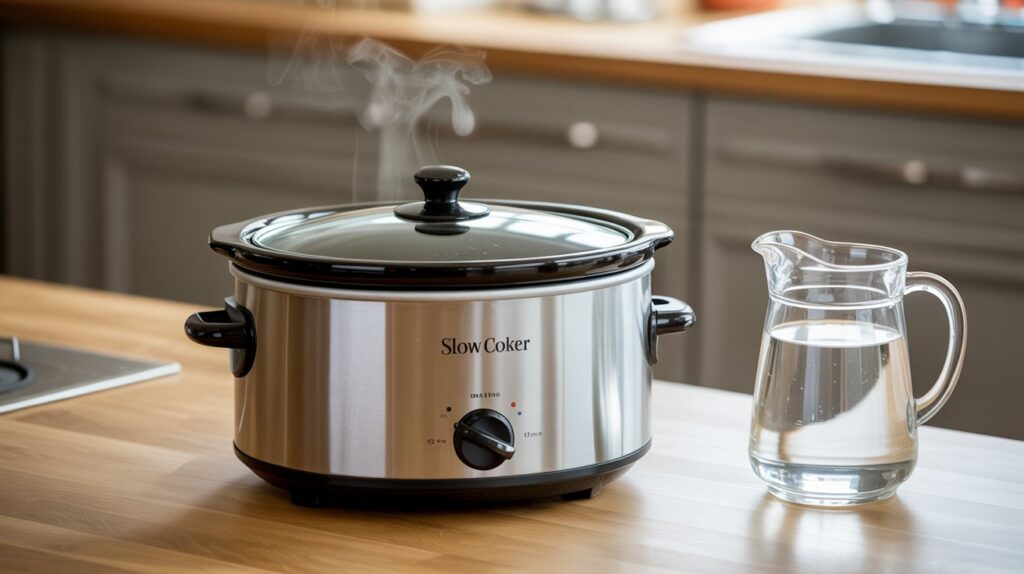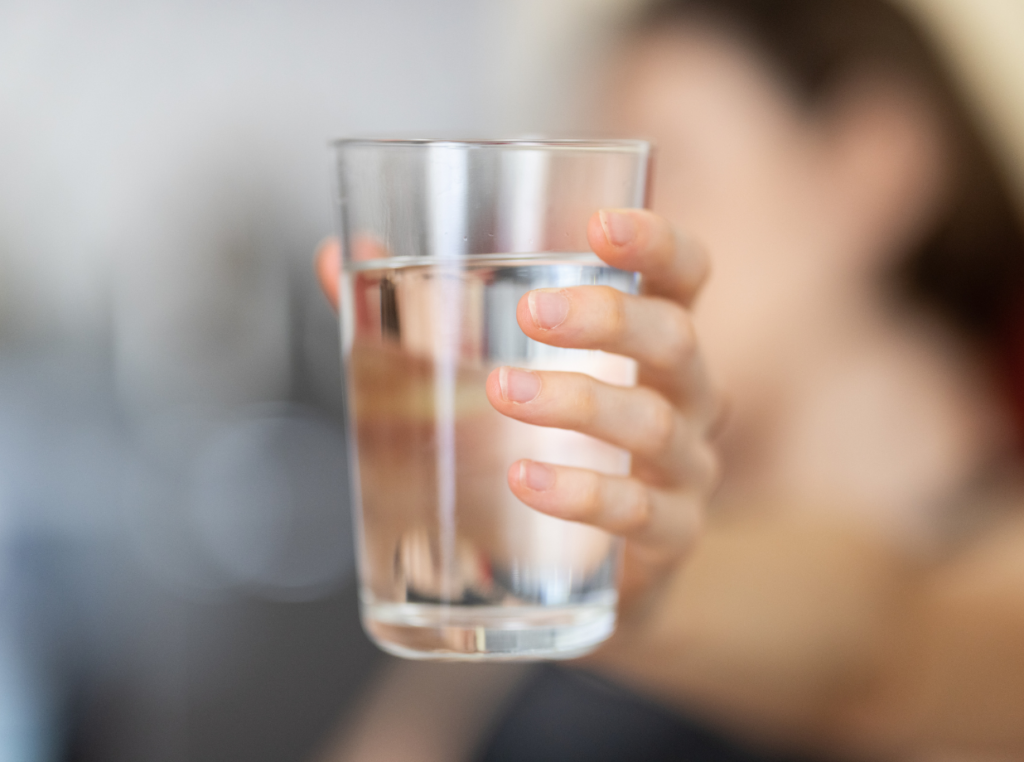Water distillation is a process that involves heating water to create steam, which is then cooled and condensed back into liquid form. This process effectively removes impurities and contaminants from the water, resulting in pure, distilled water. Distillation is one of the oldest methods of water purification and is still widely used today. It is a simple and effective way to ensure that the water you are consuming is free from harmful substances.
Distilled water is often used in laboratories, medical facilities, and in household appliances such as steam irons and humidifiers. It is also commonly used in the production of alcoholic beverages, as well as in the automotive industry for use in cooling systems. The purity of distilled water makes it ideal for these applications, as it does not contain any minerals or other impurities that could cause damage or interfere with the intended function of the equipment.
Choosing the Right Slow Cooker
When it comes to distilling water at home, choosing the right slow cooker is essential. A slow cooker with a large capacity and a sturdy construction is ideal for this purpose. Look for a model with a stainless steel or ceramic inner pot, as these materials are non-reactive and will not leach any harmful substances into the distilled water. Additionally, a slow cooker with a digital temperature control feature will allow you to maintain a consistent temperature throughout the distillation process, ensuring that the water is properly purified.
It is also important to consider the size of the slow cooker in relation to your distillation needs. If you plan on distilling large quantities of water at once, a larger slow cooker will be necessary. However, if you only need small amounts of distilled water for personal use, a smaller slow cooker may be more suitable. Ultimately, the right slow cooker for water distillation will depend on your specific needs and preferences.
Step-by-Step Water Distillation Process
The water distillation process involves several key steps to ensure that the water is properly purified. To begin, fill the slow cooker with tap water, making sure not to overfill it. Place the lid on the slow cooker and turn it on to its highest setting. As the water heats up, steam will begin to rise from the surface.
Next, place a heat-resistant glass or metal bowl inside the slow cooker, making sure that it floats on top of the water. This bowl will collect the distilled water as it condenses from the steam. Then, cover the slow cooker with a layer of ice or cold water to help speed up the condensation process. As the steam rises and comes into contact with the cold surface, it will turn back into liquid form and collect in the bowl.
Once the distillation process is complete, carefully remove the bowl from the slow cooker and allow the distilled water to cool to room temperature. It is now ready for testing and storage.
Safety Precautions
When distilling water at home, it is important to take certain safety precautions to ensure that the process is carried out safely and effectively. First and foremost, always use a slow cooker with a sturdy construction and follow the manufacturer’s instructions for safe use. Additionally, be sure to place the slow cooker on a stable surface away from any flammable materials.
It is also important to handle hot surfaces and steam with caution to avoid burns or other injuries. Use oven mitts or other heat-resistant gloves when handling the slow cooker or removing the distilled water bowl. Additionally, be mindful of the hot steam that will be produced during the distillation process and avoid placing your face or hands directly over the slow cooker.
Finally, always use clean and sanitized equipment when distilling water to prevent contamination. Wash the slow cooker and all utensils thoroughly before each use to ensure that the distilled water remains pure and free from impurities.

Testing and Storing Distilled Water
Once the distilled water has cooled to room temperature, it is important to test its purity before storing or using it. There are several methods for testing distilled water, including using a TDS (total dissolved solids) meter or testing strips. These tools will measure the concentration of minerals and other impurities in the water, allowing you to determine its purity.
If the distilled water passes the purity test, it can be stored in clean, airtight containers for future use. Glass or food-grade plastic containers are ideal for storing distilled water, as they will not leach any harmful substances into the water. Be sure to label the containers with the date of distillation to keep track of its freshness.
It is important to store distilled water in a cool, dark place away from direct sunlight and heat sources to prevent contamination or degradation. When stored properly, distilled water can remain pure and safe for consumption for an extended period of time.
Additional Uses for Distilled Water
In addition to drinking and cooking, distilled water has a wide range of other uses in various industries and applications. It is commonly used in medical facilities for sterilizing equipment and preparing medications, as well as in laboratories for conducting experiments and tests that require pure water.
Distilled water is also used in automotive cooling systems to prevent mineral buildup and corrosion, as well as in steam irons and humidifiers to avoid leaving mineral deposits on surfaces. It is also an essential ingredient in the production of alcoholic beverages such as vodka and gin, as well as in certain types of beer brewing.
Furthermore, distilled water is often used in skincare and beauty products due to its purity and lack of impurities that could irritate the skin. It is also used in industrial processes such as metal plating and electronics manufacturing where pure water is essential for achieving high-quality results.
Troubleshooting Common Issues
While distilling water at home is a relatively simple process, there are some common issues that may arise during the distillation process. One common issue is a slow rate of condensation, which can be caused by insufficient cooling or a lack of contact between the steam and the cold surface. To address this issue, try adding more ice or cold water to the top of the slow cooker to speed up condensation.
Another common issue is a metallic taste or odor in the distilled water, which can be caused by mineral buildup or impurities in the slow cooker or collection bowl. To address this issue, thoroughly clean and sanitize all equipment before each use to prevent contamination.
Additionally, if you notice any discoloration or cloudiness in the distilled water, it may indicate that impurities were not properly removed during the distillation process. In this case, it may be necessary to repeat the distillation process using clean equipment and fresh tap water.
By following these troubleshooting tips and taking proper safety precautions, you can ensure that your home-distilled water is pure and safe for consumption and other uses.
This post contains affiliate links. If you purchase through these links, we may earn a small commission at no extra cost to you. Thank you for supporting our work!



